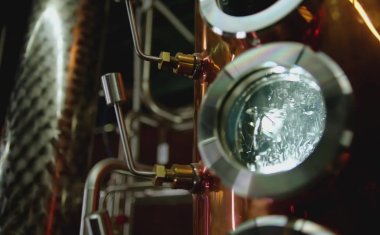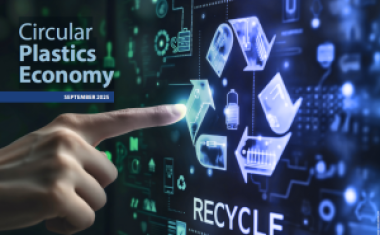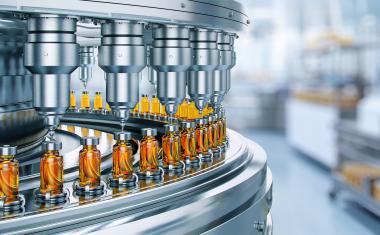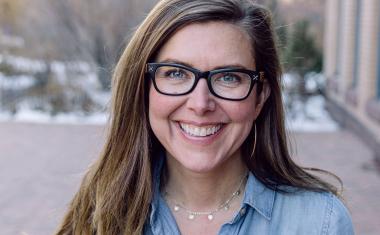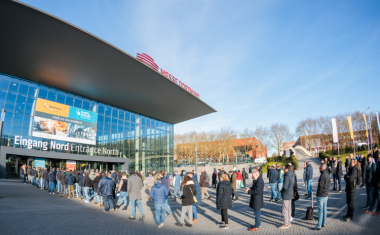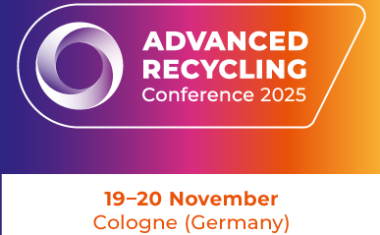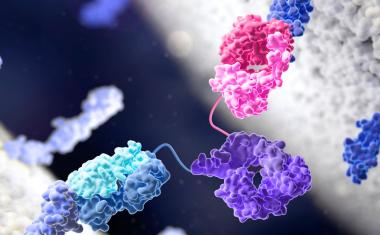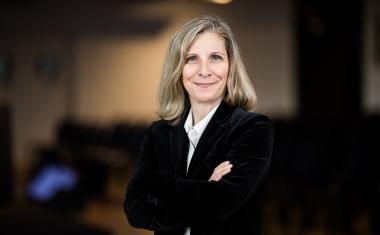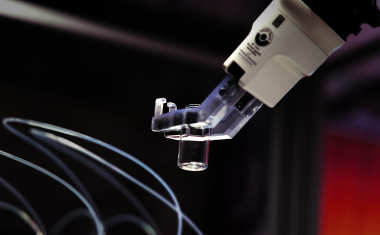New Successes for Bayer’s CO2 Research
Bayer MaterialScience's research into carbon dioxide as a new raw material for making plastics is delivering further successes. In laboratory tests, the company has succeeded in significantly further reducing the need for petroleum at precursor level through the incorporation of CO2. Plastics and their components are normally based entirely on oil. The new process also extends the range of plastics that CO2 can be used to produce. This is the result of the Dream Polymers research project in which Bayer MaterialScience is continuing its activities to find new uses for CO2.
A technology using the greenhouse gas to produce a key component for high-quality foam (polyurethane) is already moving toward commercial use. The proportion of petroleum in this chemical is 80%. "We have now succeeded in reducing the petroleum content for making other plastics to just 60%," says Project Manager Dr. Christoph Gürtler.
Carbon dioxide is used twice in the new process. First, the greenhouse gas is incorporated directly into a new kind of precursor (polyoxymethylene polycarbonate polyol), replacing 20% of the petroleum. Second, it is also used indirectly, producing a chemical that is also incorporated into the precursor for a further 20% saving in petroleum. "As a result, the proportion of alternative raw materials is already 40%," remarks Gürtler.
In addition to this, the number of plastics that can be produced using carbon dioxide is increasing. "It is now also possible to manufacture thermoplastic polyurethanes, films and casting elastomers in this way," says Gürtler. Such plastics are used in all kinds of applications, including automotive interiors, cable sheathing and sporting goods such as ski boots.
The researchers have already proved in laboratory tests that the manufacturing process works in principle. "Initial application tests have been positive," confirms Gürtler, but he adds that there is some way to go before the process is commercially viable.
Dream Polymers is being supported by the German Federal Ministry of Education and Research. External institutions in Germany such as the CAT Catalytic Center, the Leibniz Institute for Catalysis and the Fraunhofer Institute for Chemical Technology are also involved.
Bayer MaterialScience sees itself as a pioneer when it comes to future applications for CO2. As part of its Dream Production project, which has already been in progress for some time, the company aims to use carbon dioxide as a component for flexible polyurethane foam at the Dormagen site from 2016 onward. The new material will initially be used to make mattresses.

